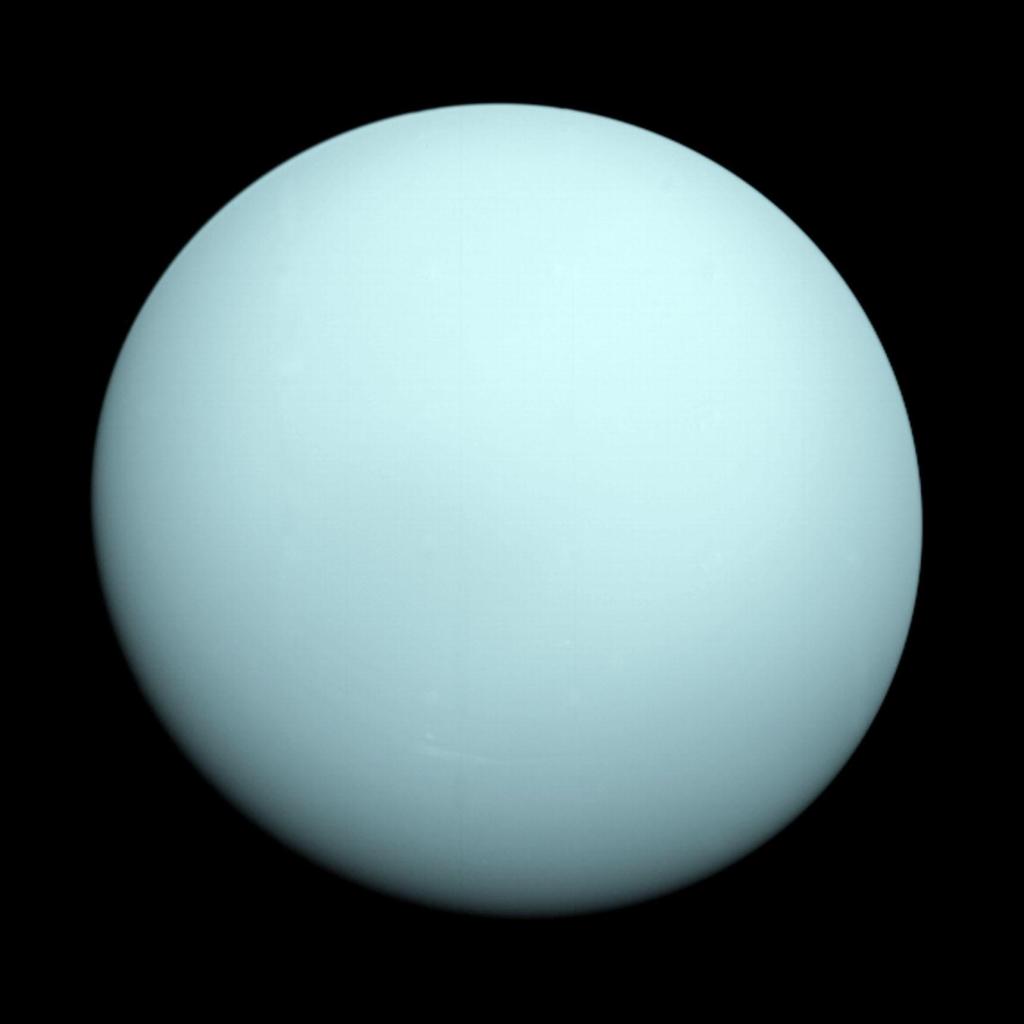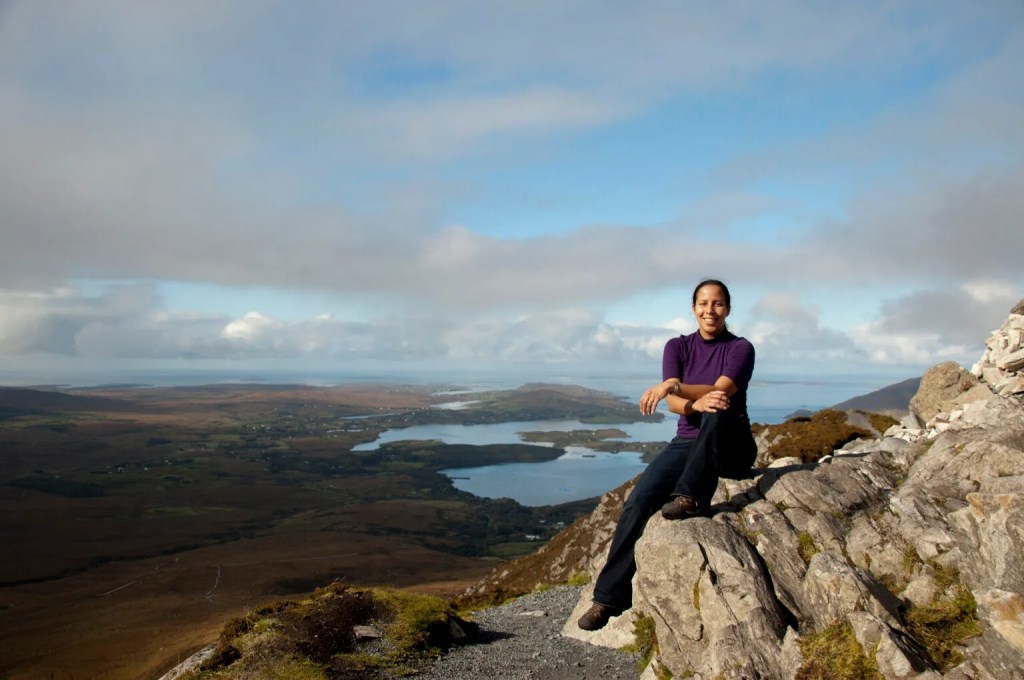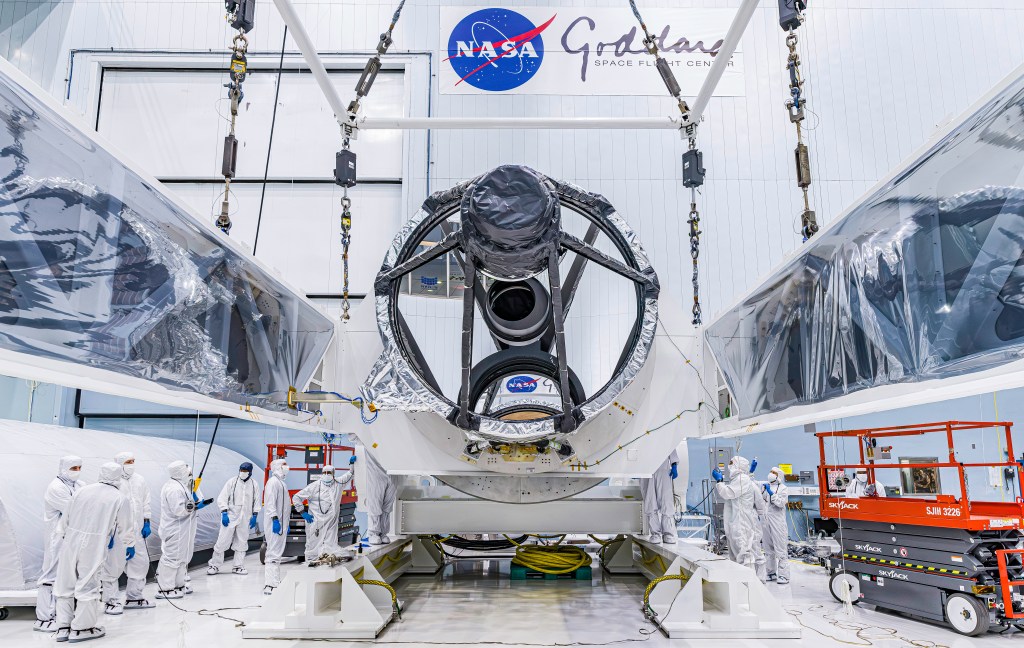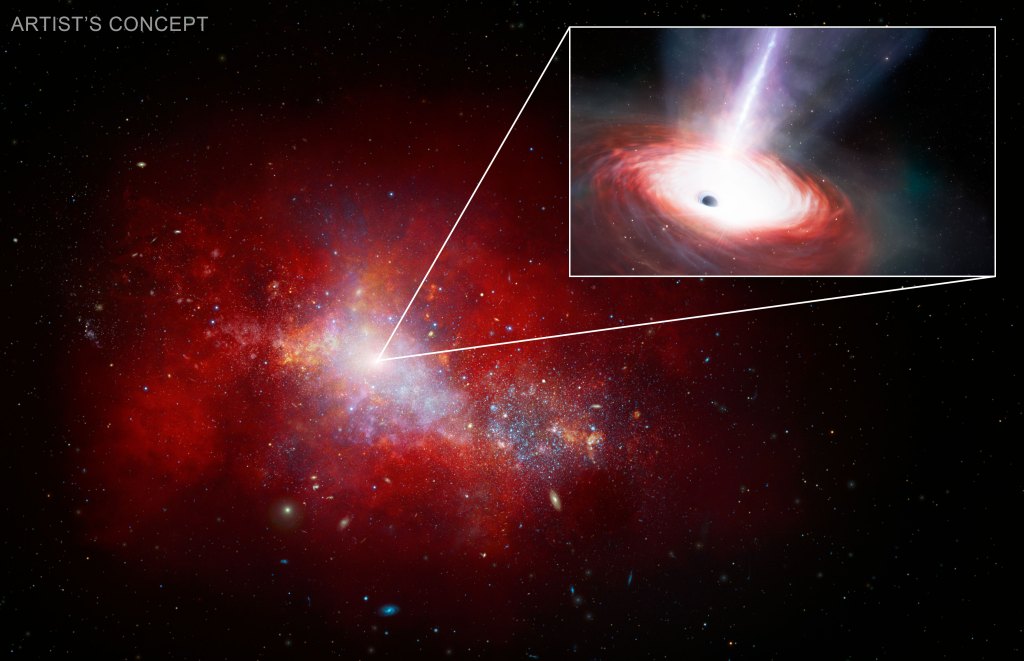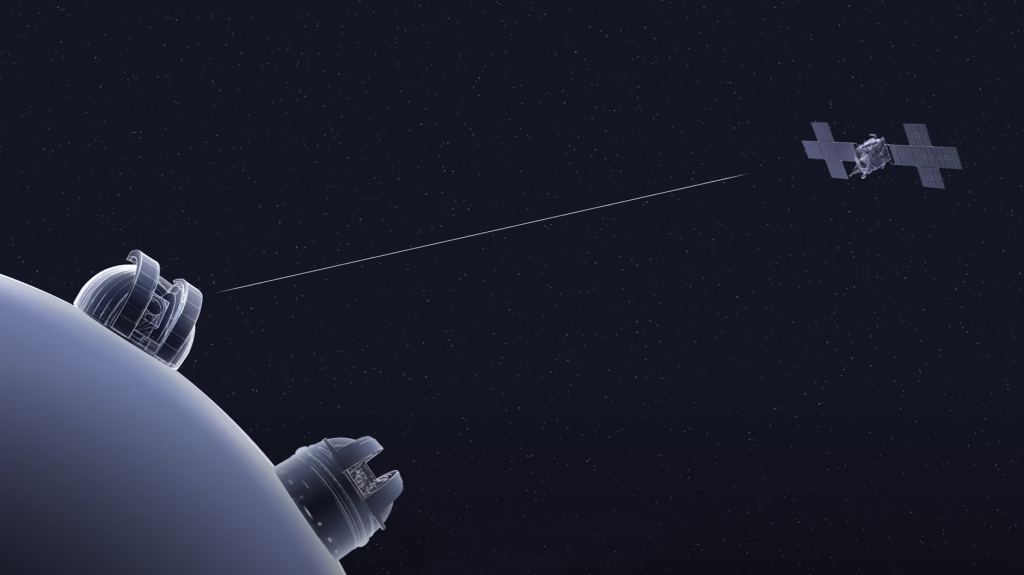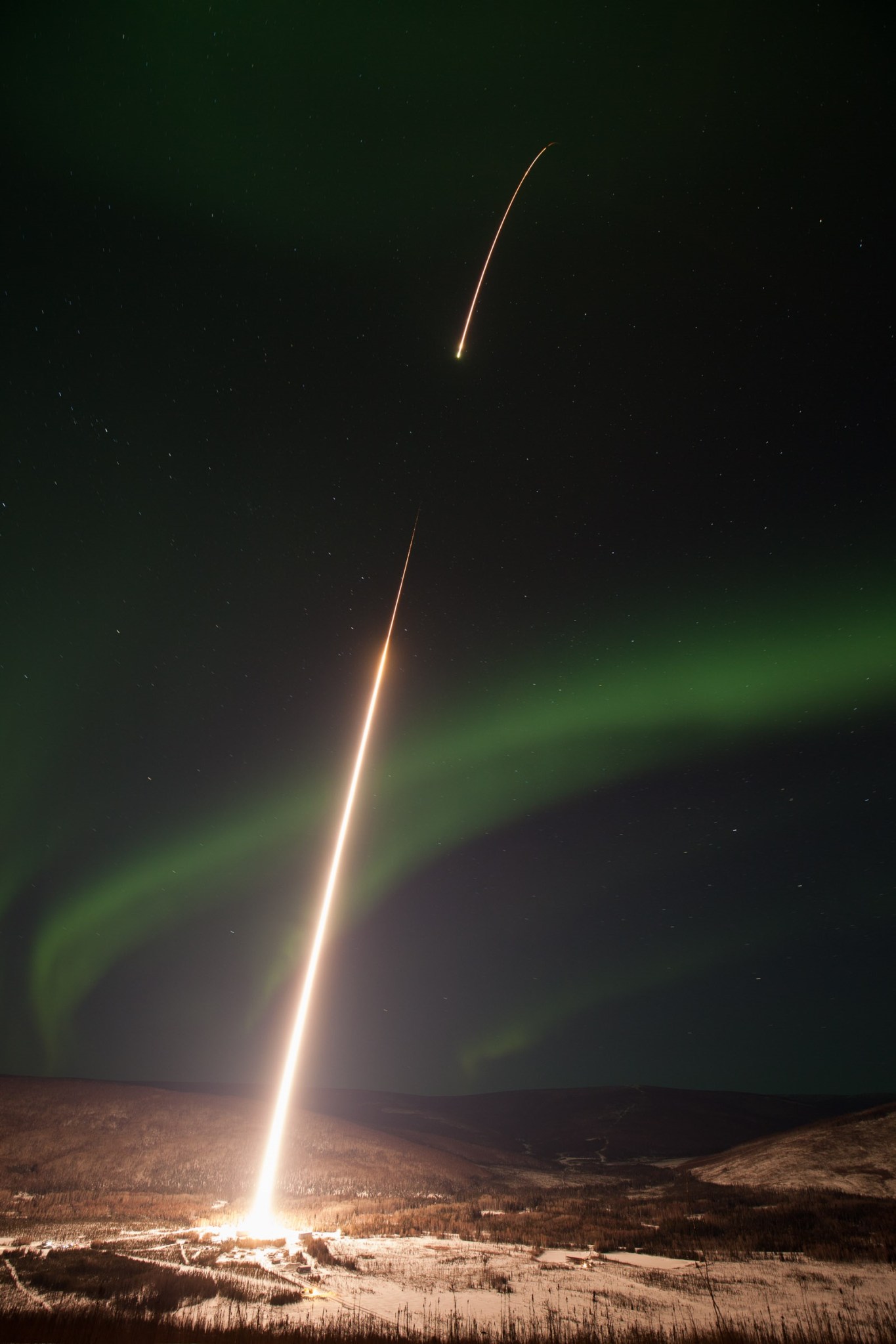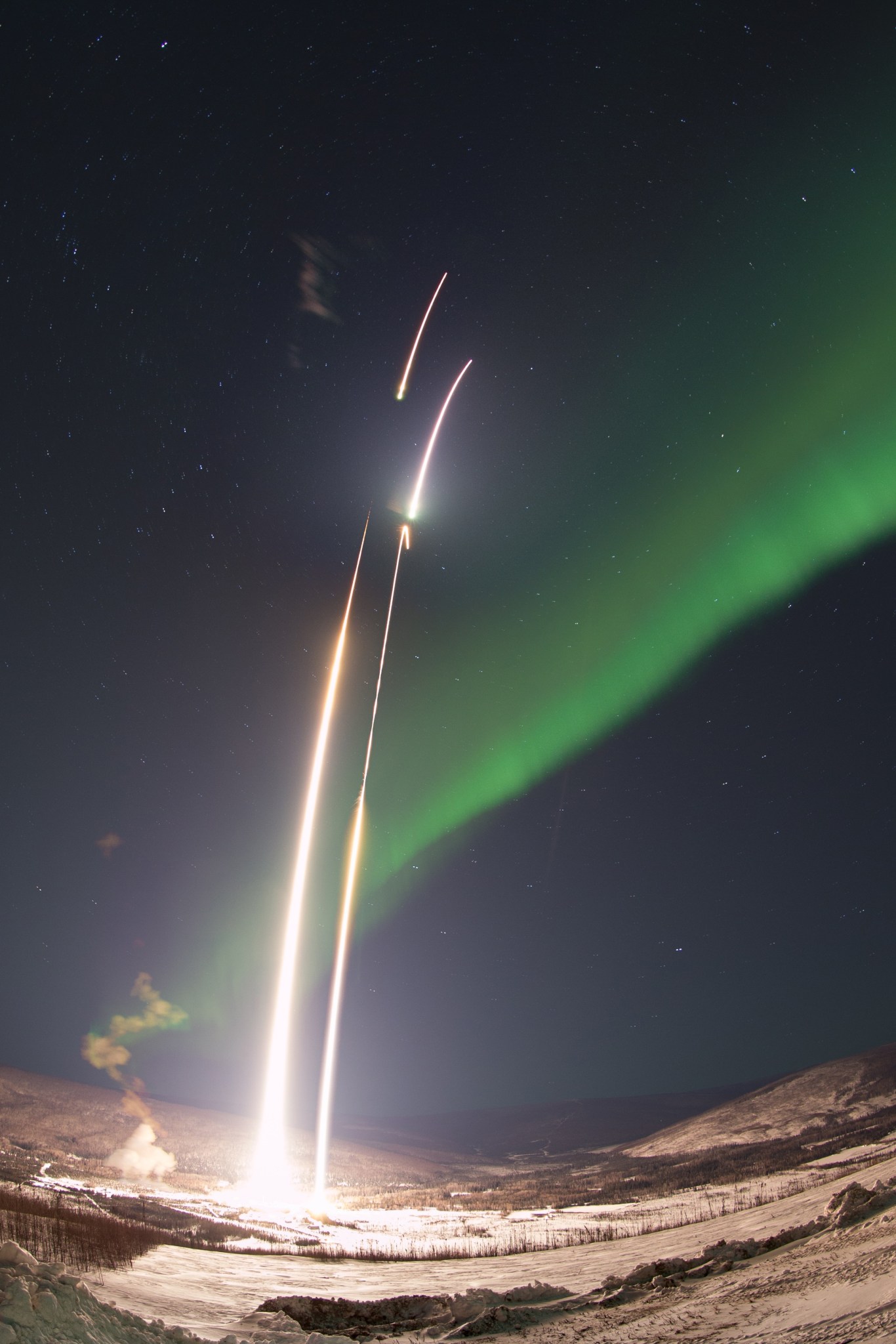Three NASA rockets carrying instruments into active auroras over Alaska to aid scientists studying the northern lights and the interactions of the solar wind with Earth’s upper atmosphere and ionosphere were launched within a nearly two-hour period March 2, 2017.
The instruments were successfully carried on Black IX sounding rockets from the Poker Flat Research Range north of Fairbanks. The first two rockets were launched nearly simultaneously at 12:41 a.m. and 12:42:30 a.m. EST as part of the Neutral Jets in Auroral Arcs mission. The third rocket launched at 2:50 a.m. EST was part of the Ionospheric Structuring: In Situ and Groundbased Low Altitude StudieS or ISINGLASS mission.
Preliminary reports indicate that data was received from instruments aboard all three rockets.
Phil Eberspeaker, chief of the Sounding Rocket Program Office, said, “The ability to successfully launch these three rockets is a testament to the capabilities of the range, science and sounding rocket teams. Great coordination is required to institute the complex countdown required to prepare and launch three rockets in a short period. The team did a fantastic job executing these launches.”
Neutral Jet scientists at NASA’s Goddard Space Center in Greenbelt, Maryland, explain that electric fields drive the ionosphere, which, in turn, are predicted to set up enhanced neutral winds within an aurora arc. This experiment seeks to understand the height-dependent processes that create localized neutral jets within the aurora.
Flying the two similar payloads simultaneously to different altitudes provided researchers unprecedented vertical measurements within an aurora. The first rocket flew to an altitude of 205 miles of above the Earth and the second flew to 118 miles.
The third rocket, flown to 227 miles altitude, was preceded by another ISINGLASS launch on Feb. 22. As with the first rocket, the payload included the deployment of a sub-payload and also several instrumented deployable canisters. The use of these various miniature subsystems and the main payload will give researchers a multipoint view of spatial structures within the aurora.
Kristina Lynch, ISINGLASS principal investigator from Dartmouth College in Hanover, New Hampshire, said, “The visible light produced in the atmosphere as aurora is the last step of a chain of processes connecting the solar wind to the atmosphere. We are seeking to understand what structure in these visible signatures can tell us about the electrodynamics of processes higher up.”
The three rockets launched were part of five launched in January through March from the Poker Flat Research Range, operated by the University of Alaska Fairbanks, to study auroras. The Polar Night Nitric Oxide mission, from Virginia Tech in Blacksburg, flew successfully on Jan. 27.
The five launches from Alaska are supported through NASA’s Sounding Rocket Program at the agency’s Wallops Flight Facility at Wallops Island, Virginia, which is managed by NASA’s Goddard Space Flight Center in Greenbelt, Maryland. Orbital ATK provides mission planning, engineering services and field operations for the NASA Sounding Rocket Operations Contract. NASA’s Heliophysics Division manages the sounding-rocket program for the agency.
Header image caption: Two NASA sounding rockets are launched 90-seconds apart into an active aurora from the Poker Flat Research Range in Alaska. Credit: NASA/Terry Zaperach
Keith Koehler
NASA’s Wallops Flight Facility, Virginia


